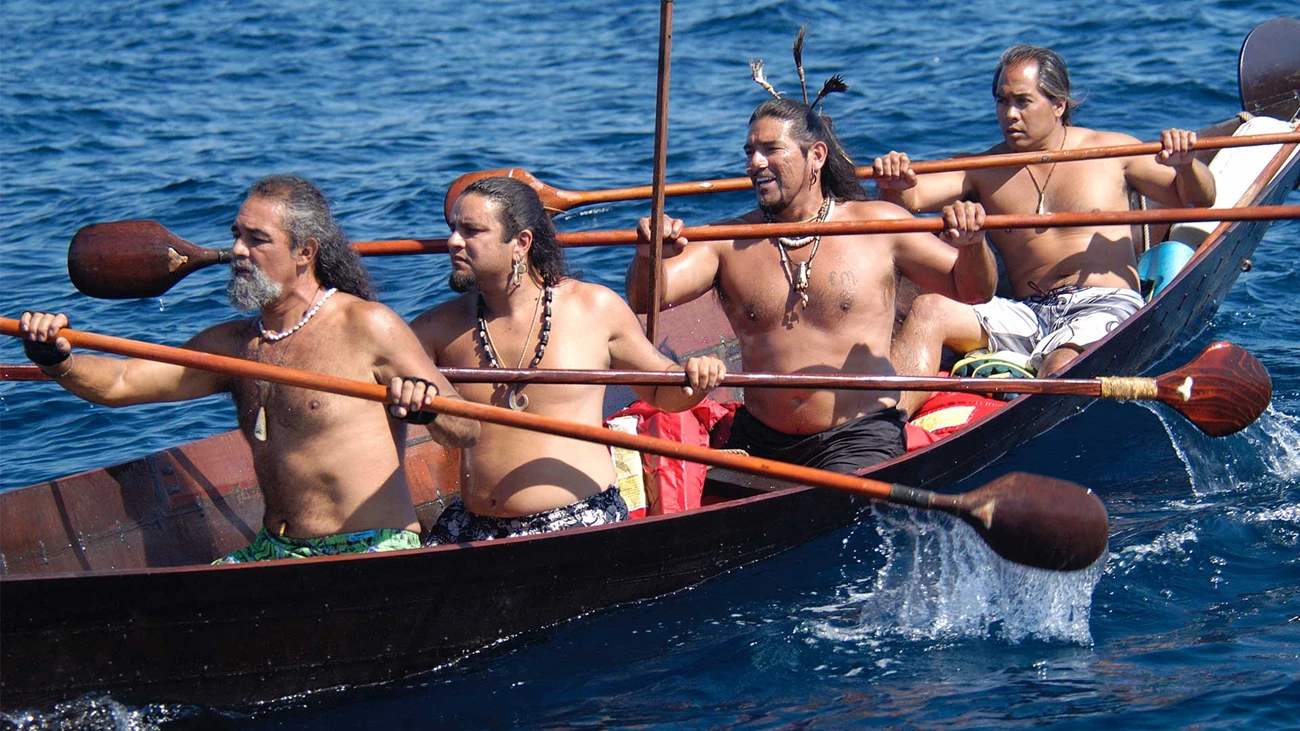Last updated: May 6, 2024
Article
Finding Common Ground: Navigating Stewardship Responsibilities at Channel Islands National Park
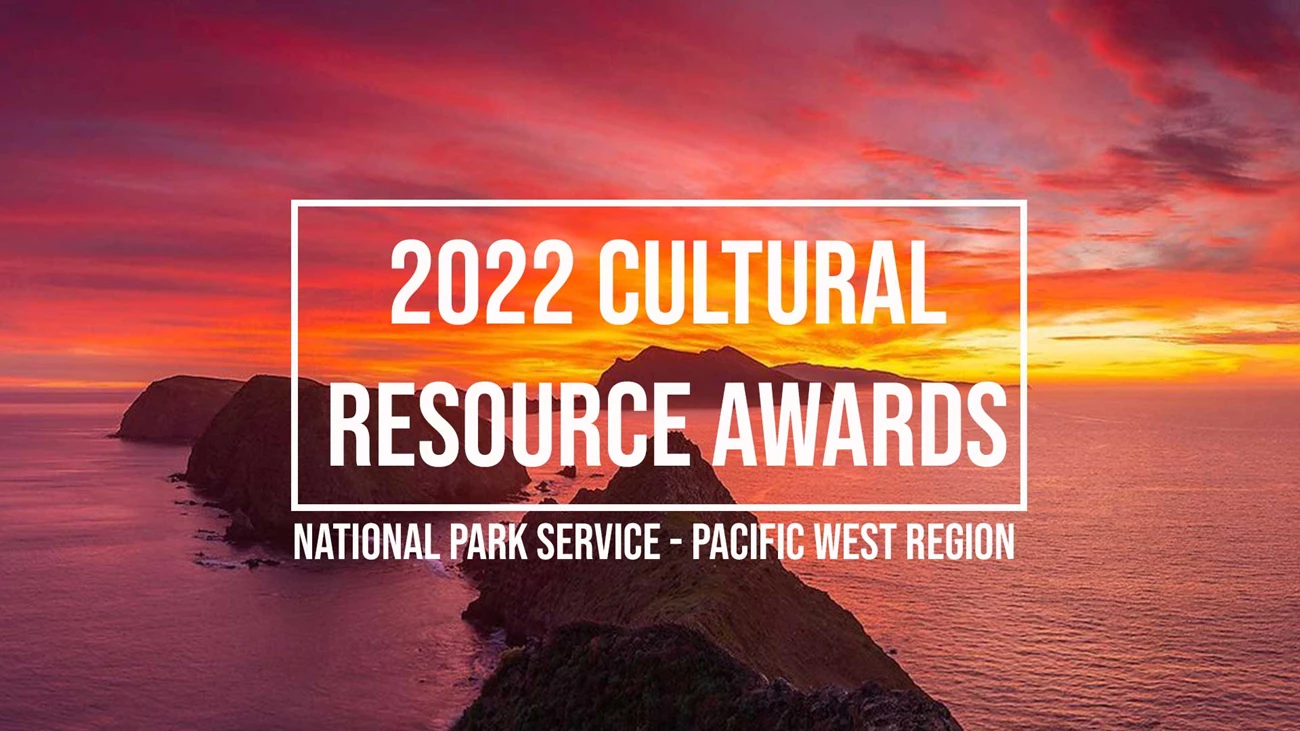
NPS Photo/John Richter
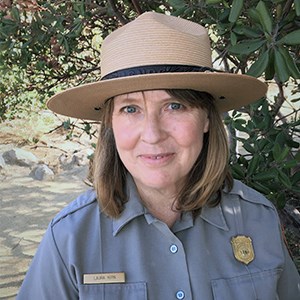
NPS Photo
The entirety of each island is an archeological district, listed in the National Register of Historic Places. There are at least 3,000 archeological sites within the park’s boundaries. Many of these sites are in wilderness areas and are sacred to Chumash peoples, including the Santa Ynez Band of Chumash Indians and others. At times, the laws intended to protect wilderness in national parks seem like they are in conflict with the laws that preserve historic sites. Kirn explained that caring for archeological sites, for instance, in wilderness areas requires us to think differently than National Park Service (NPS) managers are traditionally trained. And she should know, she wrote the reference manual on it.
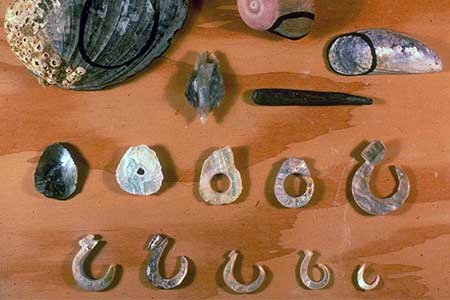
NPS Photo
Kirn explains that, in fact, all the layers of human history embedded in a landscape have created the sense of wilderness there. “Our goal is to have the strongest cultural resource protections possible while still safeguarding and enhancing the undeveloped, natural, untrammeled, and recreational values of wilderness.” Each park’s solution is different because they must weigh the significance of their historic sites against the quality of the wilderness within their boundaries. It’s hard work, but that’s the job.
-
Kirn talks about breaking down NPS boundaries between disciplines
Kirn's work on cultural resources in wilderness has helped other NPS managers find common ground in preserving park resources.
-
Kirn on Tribal consultation
Kirn talks about the importance of involving Tribal partners in cultural resource stewardship.
Back at Channel Islands, there is urgency for park managers to find a solution for their own resources. In some instances, incredibly vulnerable sacred sites are exposed and threatened by climate change and disturbances from visitor activity.
There is another key element when trying to understand the significance of park resources. Managers must work with Tribal partners who have deep cultural connections to park lands to fully understand the significance of a site. Kirn has been working closely with the Santa Ynez Band of Chumash Indians and the Barbareño/Ventureño Band of Mission Indians to understand. “Their experience with Federal land management and the Channel Islands in particular is painful,” she explained. “They have been asking us hard questions,” that are necessary to get to the heart of why – and for whom – the park is protected.
Kirn has worked hard to build trust with Tribal partners. It is still an ongoing process, and she is the first to admit that she has been corrected by Tribal partners and has had to learn to listen. Together, they are working to honor the Tribes’ cultural and spiritual connections to the land, increasing transparency in data sharing and project oversight, and focusing on Tribal priorities. Their efforts have the potential to serve as a model of co-stewardship for other parks throughout the agency.
There is another key element when trying to understand the significance of park resources. Managers must work with Tribal partners who have deep cultural connections to park lands to fully understand the significance of a site. Kirn has been working closely with the Santa Ynez Band of Chumash Indians and the Barbareño/Ventureño Band of Mission Indians to understand. “Their experience with Federal land management and the Channel Islands in particular is painful,” she explained. “They have been asking us hard questions,” that are necessary to get to the heart of why – and for whom – the park is protected.
Kirn has worked hard to build trust with Tribal partners. It is still an ongoing process, and she is the first to admit that she has been corrected by Tribal partners and has had to learn to listen. Together, they are working to honor the Tribes’ cultural and spiritual connections to the land, increasing transparency in data sharing and project oversight, and focusing on Tribal priorities. Their efforts have the potential to serve as a model of co-stewardship for other parks throughout the agency.
-
Kirn on NPS stewardship
Kirn shares her philosophy on stewardship in the National Park Service
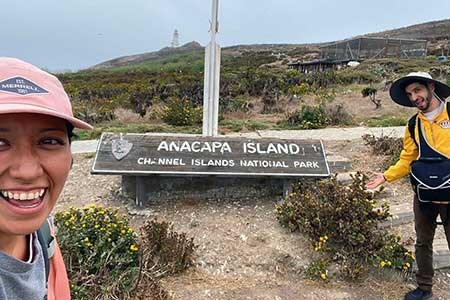
NPS Photo
Practice Leave No Trace principals whenever visiting a national park. To get ready for a visit, #PlanLikeAParkRanger and check out the park’s Plan Your Visit page.
The Regional Awards for Cultural Resources have been announced each spring for 50 years, celebrating NPS employees in the Pacific West Region for their dedication to preserving cultural resources. All regional winners go on to compete at the national level for the NPS Director’s Awards for Natural and Cultural Resources. More information about this and past years’ winners can be found on the National Park Service Website.

